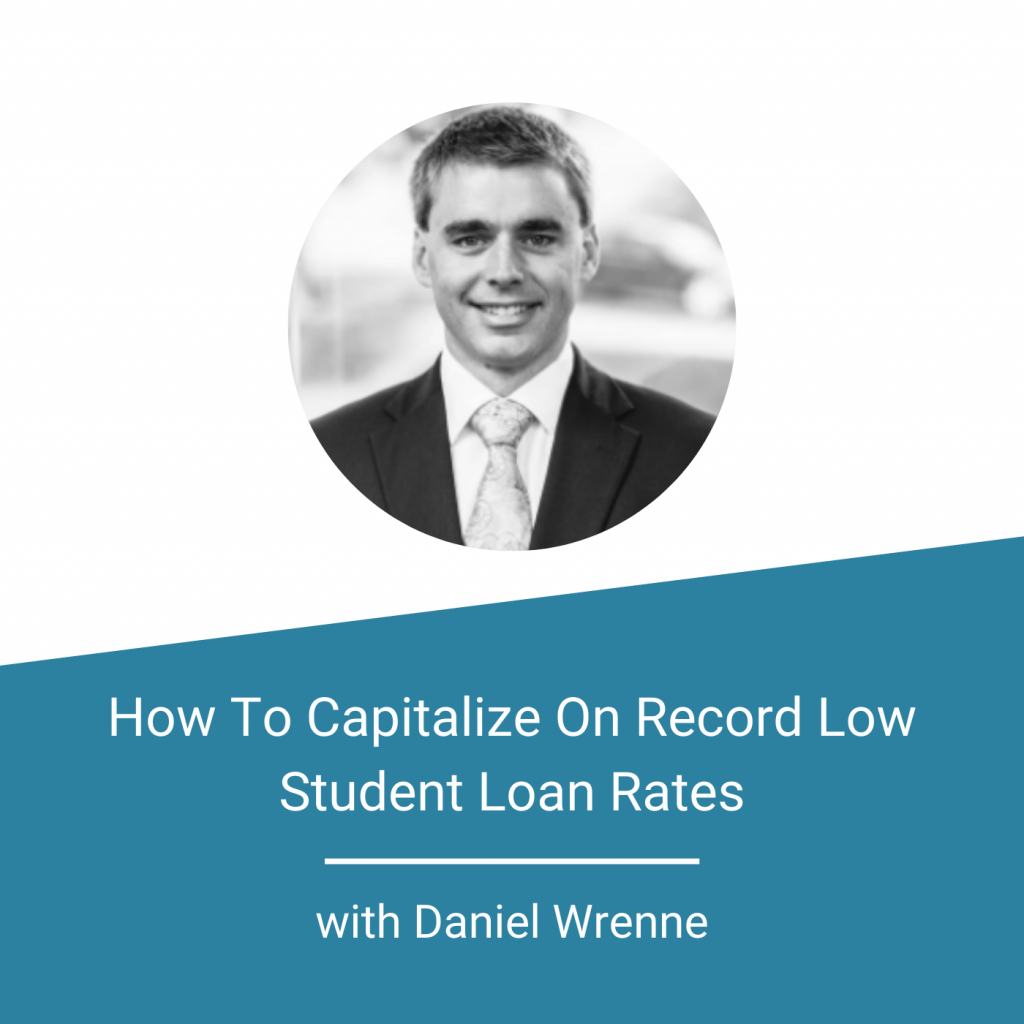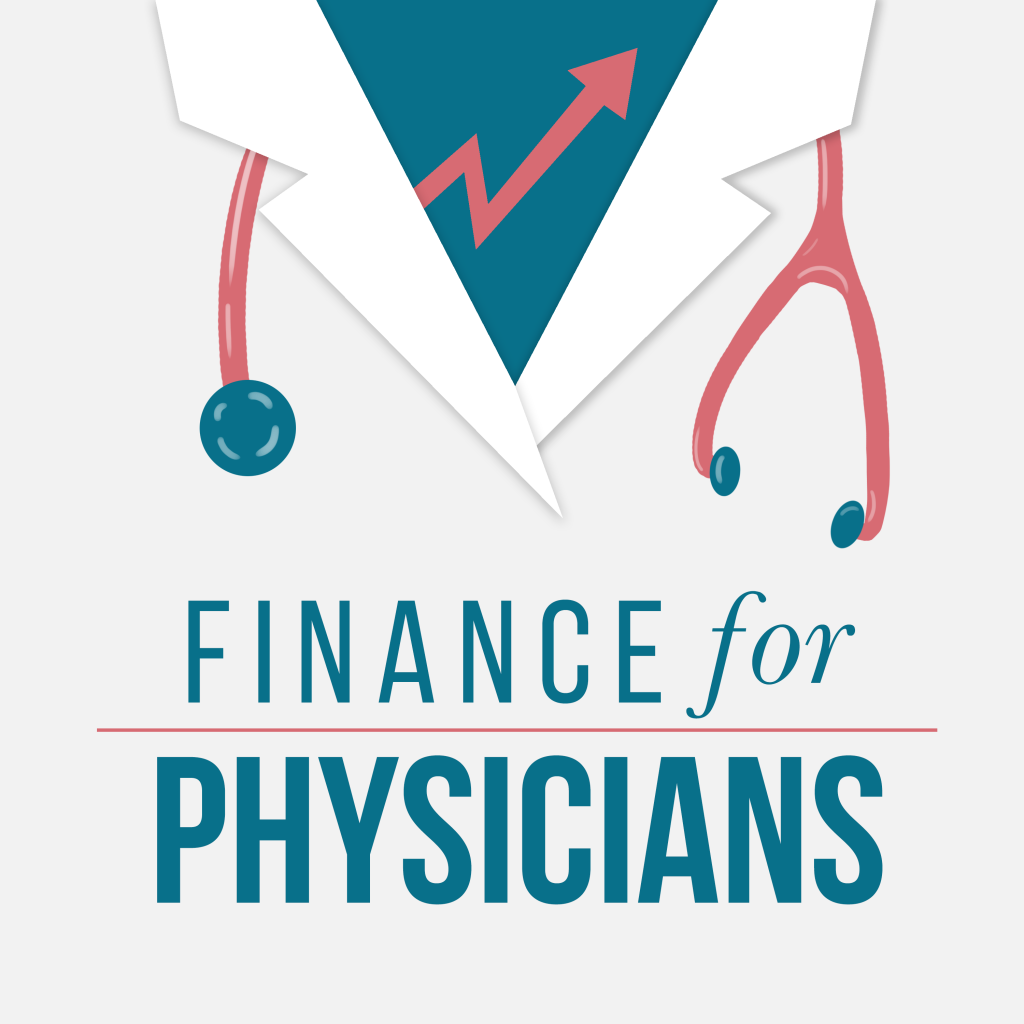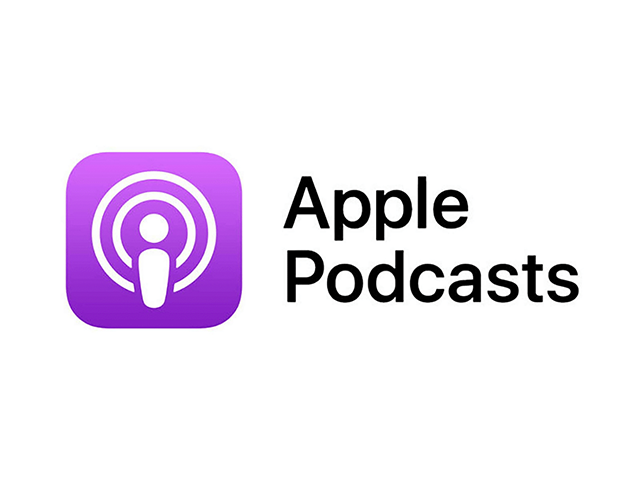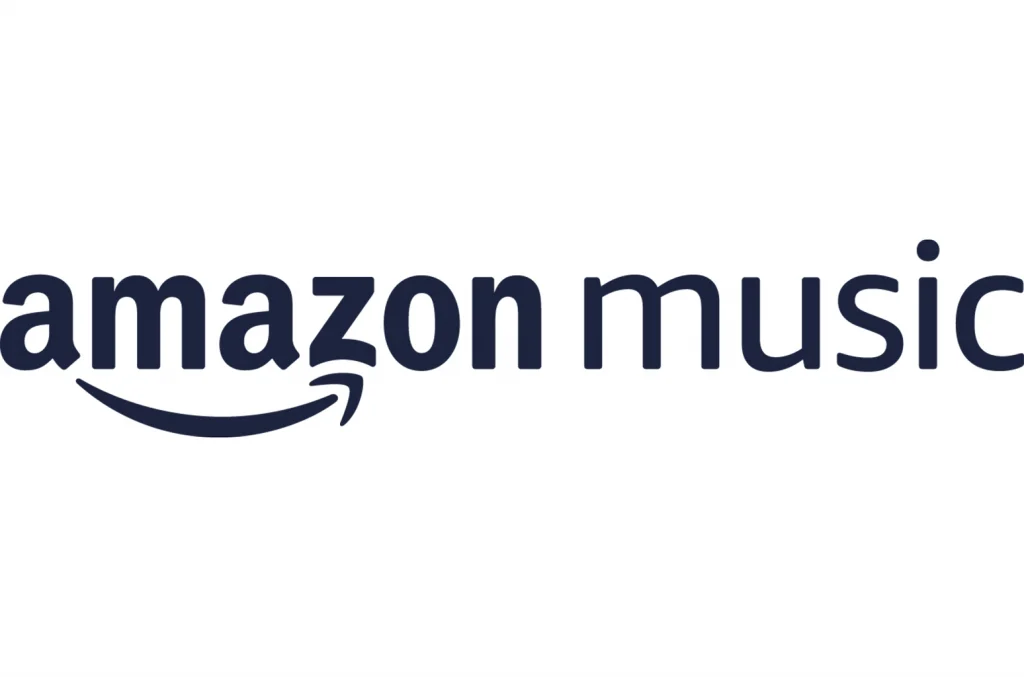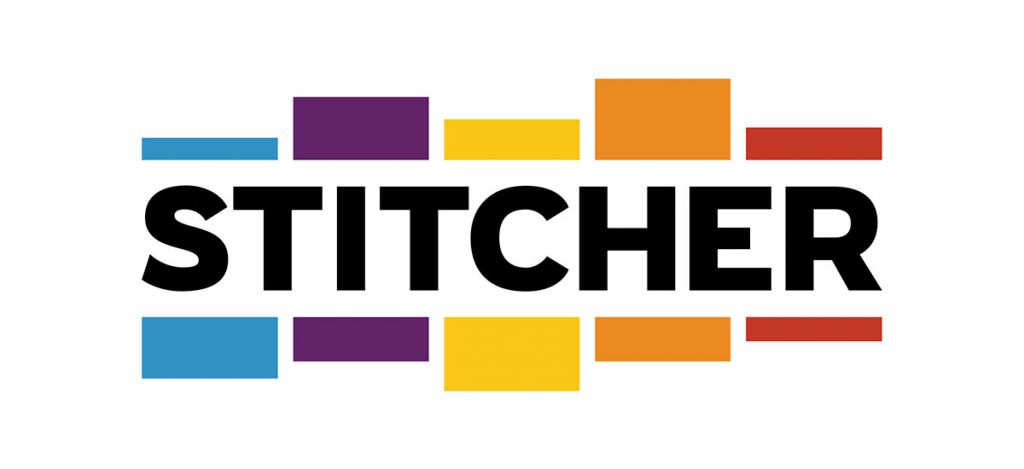Interest rates are super low right now, so learn how to navigate student loans to take full advantage of unique benefits from the federal government.
In this episode of the Finance for Physicians Podcast, Daniel Wrenne talks about what you can do—given the low interest rates—in relation to your student loan debt.
Topics Discussed:
- Federal and Private: Student loan types
- 10-Year Treasury Yield: What drives federal student loan interest rates
- Refinance? Not an option with federal student loans
- Private Student Loan Rates: Based on financial requirements; no closing costs
- Prime and LIBOR: Interest rate indexes are trending down
- Considerations: Refinance from federal to private student loans?
- One-time Option: You can’t go back—once you’re out, you’re out
- Interest Subsidies:
- Unpaid: Federal student loans don’t charge interest on existing interest balance
- RePAYE: At least half of monthly accrued interest that is unpaid, is forgiven by the government
- 20- or 25-Year Forgiveness: Income-based or income-driven repayment plans where remaining balance is forgiven at end of time period
- COVID Forbearance: 0% interest and zero-required payments on all loans owned by federal government
- Refinance Waterfall: As you pay off private student loan, consider new refinance; shorter the term, better the interest rates
Links:
Historical 10-Year Treasury Yield
Current Federal Student Loan Rates
Common Bond Student Loan Refinance Rates
Public Service Loan Forgiveness (PSLF)



